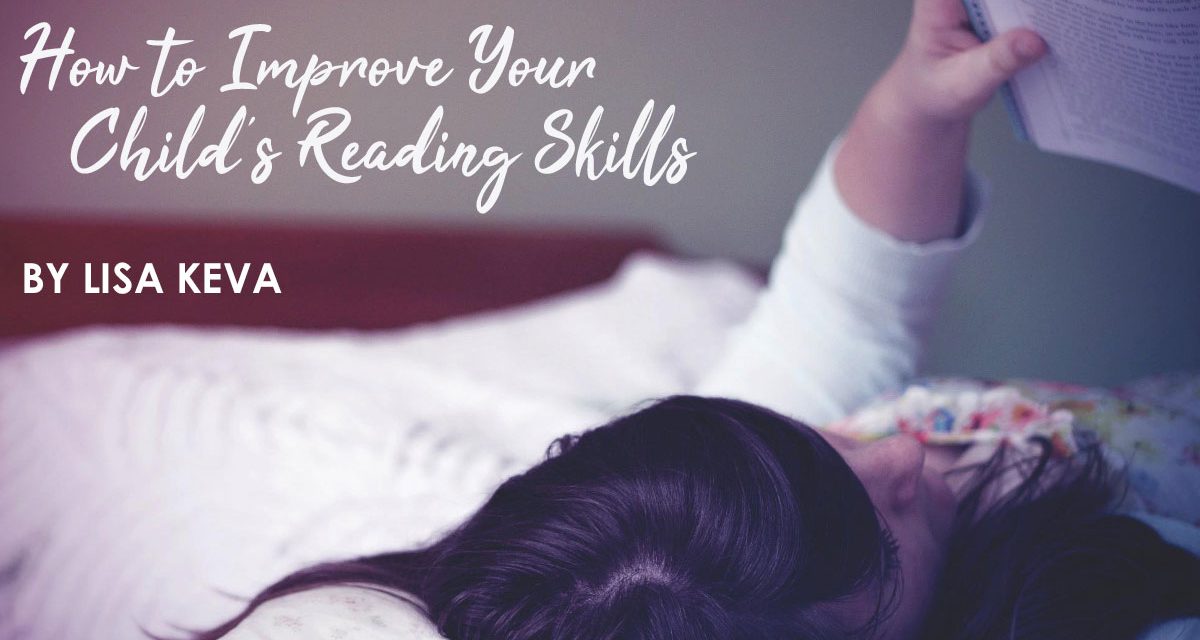Studies have shown that one of the keys to success is a child’s ability to read and their enjoyment of reading. There are ways to encourage the reluctant reader and challenge the engaged reader in this pursuit.
First and foremost if your child is having difficulties reading, it goes without saying that you must eliminate the obvious. Do they need glasses? Are they struggling with undiagnosed dyslexia? If the answer is yes, a visit to the eye doctor or diagnostic center is definitely in order. In the case of dyslexia, specialized instruction and guidance will help you guide your child towards better reading.
One way to encourage reading is to make a variety of books available to your children. There’s nothing that says come, sit down and read than a special bookshelf filled with interesting books. Couple this with a comfy chair and it makes an irresistible invitation!
Fill your reading space with books that appeal to their interests. Don’t worry if some of the books are below their level or are picture books. The main things are to inspire them to want to sit and read. As they read through the easier books, they will naturally gravitate towards more difficult books within that genre.
Children model what they see. If you want your child to be an avid reader, they need those around them to also be voracious readers. Let them see the joy in you as you read that makes you want to learn more about a subject or be taken to a land far far away.
Implement a family reading time. This could either be done as “quiet time” where each family members retreats to a quiet location for a specified amount of reading time or as a family read-aloud time. In our household, we did a combination of both. We made our family read-aloud time right before bed with great classics or historical fiction based on the time period we were studying.
Start your own reading club. What a great way to spend time together plus work on those reading skills! No matter what your child’s age or ability, this one is easy enough to implement. If you are lacking in the number of students, you and your child can accomplish this task together just by reading the same book. For younger kids, perhaps it’s an easy once through the book. Follow this up with map work or drawing a scene from the book. This is also a great way to start a dialogue over the contents of the book. For older kids, perhaps you can break this up by chapter. For the struggling or reluctant reader, taking turns reading paragraphs. This is a great way to break the task of reading into smaller chunks while still practicing oral skills and gaining comprehension. Doing the “live reading” is also a great way to incorporate discussion with the material fresh in everyone’s minds. For the high school aged, everyone reads on their own and then comes together for discussion. Projects and even field trips can be used as extension materials.
And let’s not forget the use games, books-on-tape, computer programs, and other manipulatives to enhance reading time!
So whether it’s a learning problem, help with phonics, or lack of interesting materials, we can help our children grow and improve their reading skills. By taking an active role in our own personal reading time and interacting with them as they learn, we ensure that they continue the legacy of building reading skills that will last a lifetime.





